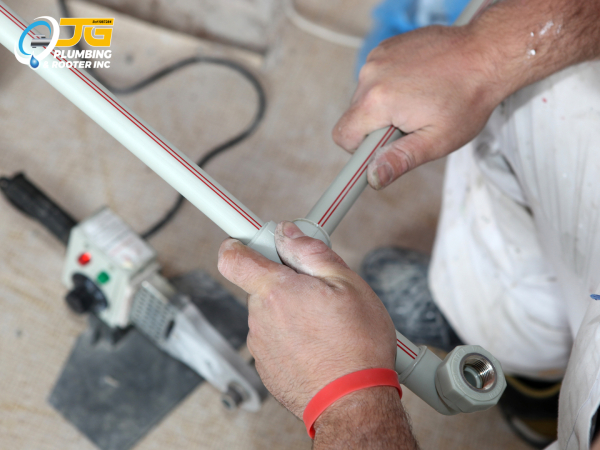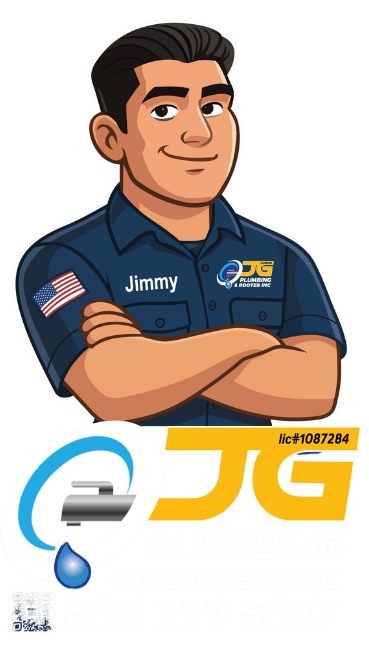Low water pressure can be more than just an inconvenience; it can signal deeper plumbing problems that need immediate attention. From frustrating showers to ineffective dishwashing, low water pressure affects everyday tasks in ways we often take for granted. In this article, we will dive into the causes of low water pressure, how to diagnose the issue, and what you can do to fix it.
What is Low Water Pressure?
Water pressure refers to the force with which water flows through your plumbing system. Ideally, you want this pressure to be strong enough for your taps, showers, and appliances to function effectively. When you notice a decrease in the force of water coming from your fixtures, that’s when you may be dealing with low water pressure.
This problem can vary in severity, sometimes affecting just one faucet or appliance, while other times impacting your entire household. Whatever the case may be, it’s important to address low water pressure before it leads to more serious plumbing issues.
Common Causes of Low Water Pressure
1. Clogged Pipes
Over time, mineral deposits, rust, and debris can build up inside your pipes, reducing the water flow and causing a drop in pressure. This is especially common in older plumbing systems where corrosion and sediment can accumulate. The more buildup there is, the more it obstructs water flow, causing pressure to drop.
In addition to hard water mineral deposits, things like grease and soap scum can also clog your pipes, especially in kitchens and bathrooms. These materials can slowly build up over time and create significant blockages, which will prevent water from flowing freely. For professional help, contact a plumber San Dimas CA.
2. Leaking Pipes
Another common cause of low water pressure is leaking pipes. Leaks can occur anywhere in your plumbing system, from the supply lines to the water heater or underground pipes. Even a small leak can significantly reduce water pressure in your home.
You may not always see the leak, as it can be hidden inside walls or under floors, but the effects are often visible in the form of reduced water flow. In addition, leaking pipes can cause water damage, leading to more costly repairs down the line. It’s best to reach out to a San Dimas plumber for accurate detection and repairs.
3. Water Supply Issues
Sometimes the issue with low water pressure isn’t in your home’s plumbing but with the water supply itself. If your utility provider is experiencing difficulties or if there is construction work in your area, it can lead to a temporary drop in water pressure for the entire neighborhood.
Similarly, if you live in an area with high water demand, such as during the summer, the local water supply may be stretched thin, resulting in lower water pressure in your home. For confirmation and support, rely on trusted plumbers San Dimas CA.
4. Faulty Pressure Regulator
Homes with a pressure regulator installed to maintain water flow at a consistent level may experience low water pressure if the regulator fails. These devices are designed to control water pressure, ensuring it stays within a safe range. If the regulator malfunctions, it can either allow water pressure to rise too high or drop too low.
A faulty pressure regulator can lead to fluctuations in pressure, leaving you with weak water flow in your home. For help diagnosing the issue, consult a San Dimas plumbing expert.
5. Old or Corroded Pipes
Older homes often have pipes made of materials such as galvanized steel, which can corrode and weaken over time. As these pipes deteriorate, the flow of water is obstructed, leading to a drop in pressure. Corroded pipes can also develop leaks, further worsening the problem.
If you live in an older home, it’s a good idea to have your plumbing system inspected to ensure that your pipes are still in good condition. When in doubt, search for a reliable plumber near me. If you notice any signs of corrosion, it may be time to replace the old pipes with modern materials like copper or PEX.
6. Issues with the Water Heater
If you only notice low water pressure with hot water, the problem may be with your water heater. Sediment buildup in the tank or a faulty thermostat can affect how the heater operates and cause low water pressure when you use hot water.
Sediment, especially in areas with hard water, can accumulate at the bottom of the water heater tank, blocking the flow of hot water. This can reduce the overall pressure in your plumbing system, making it difficult to get enough hot water for daily tasks.
7. Municipal Water Supply
Sometimes, the issue may not be on your end at all. If multiple homes in your neighborhood are experiencing low water pressure, it could be an issue with the municipal water supply. Water supply problems can happen for several reasons, including pipe bursts, maintenance work, or issues at the water treatment facility.
If you’re unsure whether the problem is on your end or with the municipal supply, it’s worth contacting your water provider to ask about ongoing maintenance or water supply issues in your area.

How to Diagnose Low Water Pressure
Before calling a plumber, it’s a good idea to diagnose the problem yourself. This can help you determine whether it’s a simple fix or a more complex plumbing issue that requires professional assistance.
1. Test Water Pressure at Multiple Fixtures
Check the water pressure at different fixtures throughout your home, such as the shower, faucets, and hose bibs. If only one fixture is affected, the problem may be localized to that specific fixture (e.g., a clogged aerator or faulty valve). However, if the low water pressure is consistent across multiple fixtures, the issue is likely with your plumbing system.
2. Inspect for Leaks
Look around your home for any visible signs of leaks. Pay close attention to areas where pipes run through walls, ceilings, and floors. If you spot wet spots or puddles, there may be a leak that’s affecting your water pressure.
3. Examine Your Water Meter
If you suspect a leak but can’t find one, check your water meter. Turn off all faucets and appliances that use water, then monitor the meter. If the meter continues to move, this is an indication that you have a hidden leak somewhere in your plumbing system.
Solutions for Low Water Pressure
1. Clean or Replace Faucets and Showerheads
If low water pressure is only affecting one fixture, cleaning or replacing the faucet or showerhead might be all that’s needed. Mineral deposits and debris can block the flow of water, so cleaning these parts thoroughly can restore normal water pressure.
2. Fix Leaks Immediately
If you detect any leaks in your pipes, it’s essential to fix them as soon as possible. Small leaks can lead to significant water damage, and the longer they go unaddressed, the more they can contribute to low water pressure.
3. Install a New Pressure Regulator
If you have a faulty pressure regulator, replacing it can restore normal water pressure in your home. A plumber can help install and adjust the new regulator to ensure it maintains a consistent flow of water.
4. Flush Your Water Heater
If your water heater is the culprit, flushing it out to remove any sediment buildup can improve water flow and pressure. Regular maintenance of your water heater can also prevent future issues with low water pressure.
How JG Plumbing & Rooter Can Help
Low water pressure can be a frustrating issue that affects your daily life. Whether the problem is caused by clogged pipes, leaks, or issues with your water supply, it’s essential to address it quickly to avoid further damage. At JG Plumbing & Rooter, we offer a wide range of plumbing services to help homeowners in San Dimas, CA, and the surrounding areas resolve water pressure issues.
Visit our website at JG Plumbing & Rooter for more information about our services or to schedule an appointment. Let us help you get your plumbing system back to normal so you can enjoy strong water pressure once again.




